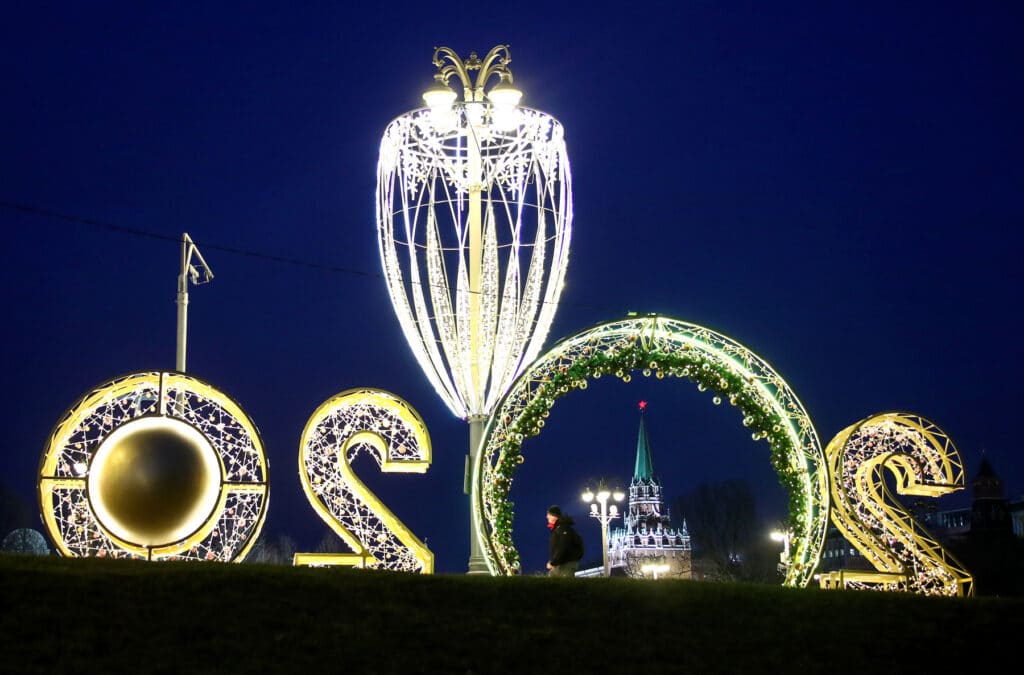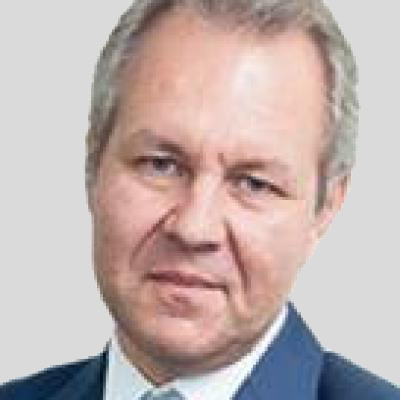There are only a few days left before the end of the “worst year ever“. However, if we look at what is happening now in Russia, there is no sense of this year’s trends drawing to any sort of close. Whichever “direction” you take, 2020 looks more like a prelude to something no less dramatic.
Naturally, the first thing to remember is the pandemic that defined 2020. In recent weeks, some European countries, which entered the second wave earlier than others, have seen encouraging signs. In others, governments are returning to tough quarantine measures. Overall, the number of deaths in Europe has decreased from the peak values in November (and even more so – in March-April). In the US, the situation remains dramatic; but here they hope for the mass vaccination that has already begun. Manufacturers promise doses for all citizens by April-May next year. Of course, the victory has not yet been won, but the turning point is close. Unlike the West, Russia is entering the new year at practically maximum levels of infections and mortality. And these are obviously underestimated by official statistics. It only has several hundred thousand doses of vaccine to turn the tide. As a result, Moscow is already turning to foreign countries to scale up supplies of Sputnik V or EpiVacCorona.
Politics amid a pandemic
Politically, the year in Russia began with the notorious “constitutional reform.” The authorities returned to it in the summer, when a fussy “popular vote” was organized. And then again in the fall, when parliament began to hastily adopt new laws based on the amended articles of the Constitution, restricting many basic rights of citizens. However, the constitutional coup also does not yet look complete. Despite all talk of early elections, nothing of the kind happened (and was not even announced). Nor have the party projects or new laws that the government tried to launch this year really been tested; public opinion about the announced changes is not known to anyone for certain. Political life in the country practically froze for a whole year. Against the background of the growing wave of compromising evidence against the ruling elites’ corruption and “leaks”, it seems Putin has largely lost control over the situation due to his “bunkering”. Today, no one can say with certainty what the next steps of the authorities will be. Nor can anyone gauge what will be the public response.
Along with the constitutional reform came changes in the political leadership. These were embodied primarily in the January change of cabinet. Throughout the year, various polls tracked the alleged growth of the new prime minister’s rating. However, it cannot be argued that an effective change of team took place in the White House. Instead, the struggle around key positions is now only flaring up. This is confirmed by the unstable position of many deputy prime ministers; scandals around Rosreestr and Rospotrebnadzor; hysteria over “unexpectedly” raised prices. Less than a month ago, the head of government announced another reform of the apparatus and a large-scale reduction of bureaucracy. Though the Russian practice of the last few decades shows that such an undertaking has always failed. Any administrative reform has turned into another complication of the power system and a decrease in its effectiveness. Information is already appearing that the departments are preparing “counter proposals” for a radical expansion of the states in connection with the new tasks assigned to them. In most other “branches of power – from the Duma to the State Council, from the Constitutional Court to the Federation Council – changing configurations and possible new appointments are constantly discussed.
The economy was no exception. In most countries, governments have responded to the epidemic with a massive spring lockdown and unprecedented financial stimulus measures. The consequence was an economic failure in the second quarter, record unemployment rates and a GDP decline by 5-9% in the largest Western economies at the end of the year. At the same time, however, there was no reduction in real incomes, savings rose sharply, stock markets set new records, and economies on the wave of vaccine optimism have already prepared for recovery growth. In Russia, the authorities did not deploy serious support measures. Rather, the main assistance to the economy was reduced to increasing lending to the population and enterprises, deferring taxes and other obligatory payments – and, of course, to “drawing” beautiful statistical reports. A radical victory over COVID-19 in Russia is not foreseen. So next year, many “driven deep” problems will come out. On top of this, the program of preferential mortgages will end, budget expenditures will decrease, and most tax deferrals will end too, which will also add problems. In addition, unlike Western countries, the first quarter of 2020 was “designated” in Russian statistics as a period of sustainable growth (+ 1.8% of GDP). Against this background, the first quarter of 2021 will simply be a failure. The result looks obvious – no “recovery growth” will happen in the coming year.
Something else is likely to happen. The events of recent days are not the end, but rather the beginning of a new trend: although stagnant incomes of citizens have been holding back inflation for a long time, the falling ruble exchange rate and rising wholesale prices made its surge inevitable. Just in November-December, the weekly indicators of price growth were twice as high as those observed in the summer. By the end of the year the average rise in prices for the most essential goods may exceed 15%. The government’s response — creating new commissions to control retail and signing “acts of surrender of prices” with leading retail chains and suppliers — will only result in a sharp jump in prices on price tags in three to four months. This will trigger the inflationary wave of 2021. At the same time, the recently adopted budget, which assumes a fairly rapid increase in government borrowing by Russian standards, does not dispose of the assumption that the ruble will strengthen in the coming year. In fact, the exchange rate stabilization of recent weeks is likely to end at the very beginning of the new year.
Throughout this year, although now this has been largely forgotten, there were also dramatic events in the global energy market. In March, due to the breakdown of the OPEC + deal, oil prices for some time fell to almost zero; futures were even traded in the negative zone. In an atmosphere close to panic, OPEC’s members got back together and had to agree on the largest production cut in history. All the following months, manufacturers closely monitored the state of the world economy, but in fact did not understand what to expect from the coming year. Postponed several times and then one of the longest, the December OPEC + meeting brought another compromise and vague decision to increase production by 500 thousand barrels a day and postpone the fateful steps until next spring. The market for a critical commodity for Russia, the dependence on which Russia isn’t even trying to overcome, is entering the new year in a “suspended” state.
Dangers on the periphery
The outgoing year will also be remembered for the dramatic events “on the outside.” The rigged elections in Belarus and the mass popular protests that followed have completely delegitimized the “president” who had usurped power. Elsewhere, a war in the South Caucasus suddenly flared again between Armenia and Azerbaijan, which marked the devastating defeat of Moscow’s main ally in the region. There were several successive coups in Kyrgyzstan. In Moldova, there was a failure of a pro-Russian candidate. None of these plots received even a relative conclusion. Maintaining the status quo in Belarus will be very problematic; complete reconciliation between Armenia and Azerbaijan has not yet taken place and the government in Yerevan is balancing by a thread. Elections in Kyrgyzstan are set for January; and their result is unpredictable. In Moldova, we will surely have a parliamentary campaign and a noticeable altering of the political course. In fact, for the first time, Russia faced a situation when its “near abroad” simultaneously turned into the “near abroad” of other former great powers. Turkey in the south and Poland in the west. And if in the United States the year ended with a bold point in the long epic of the presidential elections, there is one big zone of uncertainty around Russia.
The list of events and trends goes on, but the bottom line is pretty clear. At the New Year’s table, Russians should not see off the dramatic 2020 year. Apparently, it is still far from complete and has every chance of staying with us for a long time.










